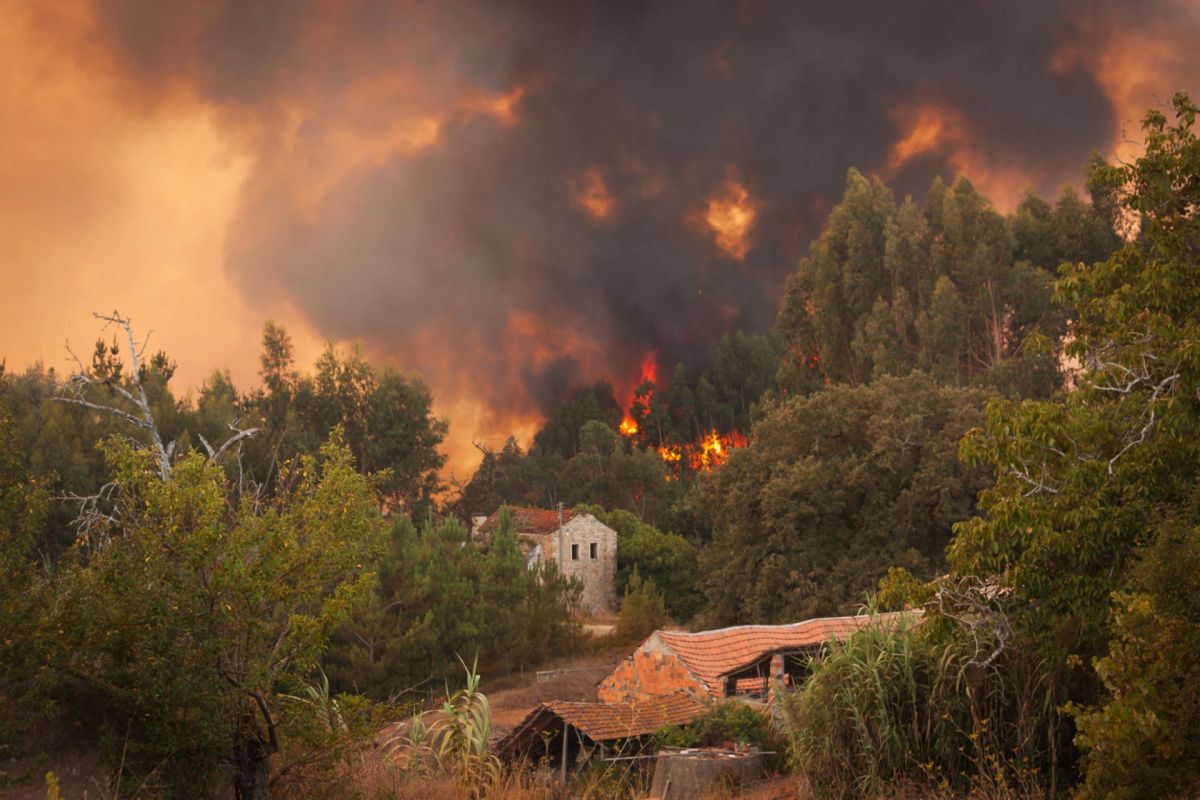An eco-friendly flame retardant could give homeowners more time to escape fires and help diminish the ability of blazes to spread.
Wildfires cost the United States $394 billion to $893 billion each year, and warming global temperatures, longer droughts, and more lightning strikes are contributing to an increase in these natural disasters — so much so that the U.S. Forest Service for almost a decade has said fire season is year-round.
In 2022, Thomas Kolibaba, a postdoctoral researcher at Texas A&M University, demonstrated a breakthrough in restricting the flammability of wood used in the construction of homes and buildings at the American Chemical Society spring conference.
Improving on the polyelectrolyte coating technology developed by Jaime Grunlan's lab in 2009 and furthered by others, scientists in lab tests lowered the amount of heat released by treated wood during burning and also reduced smoke production by 56%, "an unusually large degree," according to Kolibaba.
The treated wood developed a surface layer of char, which was key to the results. In practice, this could limit fire damage and reduce the spread of fire, especially for those who don't have the ability to build their homes into the side of an excavated hill.
"This type of treatment, which could be deposited via dipping, spraying or pressure treatment, could make homes much safer," Kolibaba said.
The retardant is an aqueous solution made up of "the monomer hydroxyethyl methacrylate phosphate, the positively charged polymer polyethylenimine and a photoinitiator called TPO," according to AZoM. Plywood was soaked in it and then placed under ultraviolet light, changing the TPO to a "negatively charged polymer, which then developed a polyelectrolyte complex with PEI."
"The char helps to protect the underlying wood because it can't combust any further, and it blocks the heat from getting further into the wood," Kolibaba said. "Meanwhile, the nitrogen-rich component that's mixed in with this degrades and produces a lot of nonflammable gas. That degradation absorbs some of the heat energy from the fire, and also the nonflammable gas chokes out the oxygen supply to the fire."
AZoM noted the flame retardant could be used as a resin to make 3D-printed parts, and Grunlan said it could be water-resistant, water-repellent, and antifungal. Other potential products include flame-retardant furniture and clothing, and the aviation and automobile industries could find applications as well.
In 2023, there were 2,161 home fire deaths in the U.S.
Join our free newsletter for weekly updates on the coolest innovations improving our lives and saving our planet.









